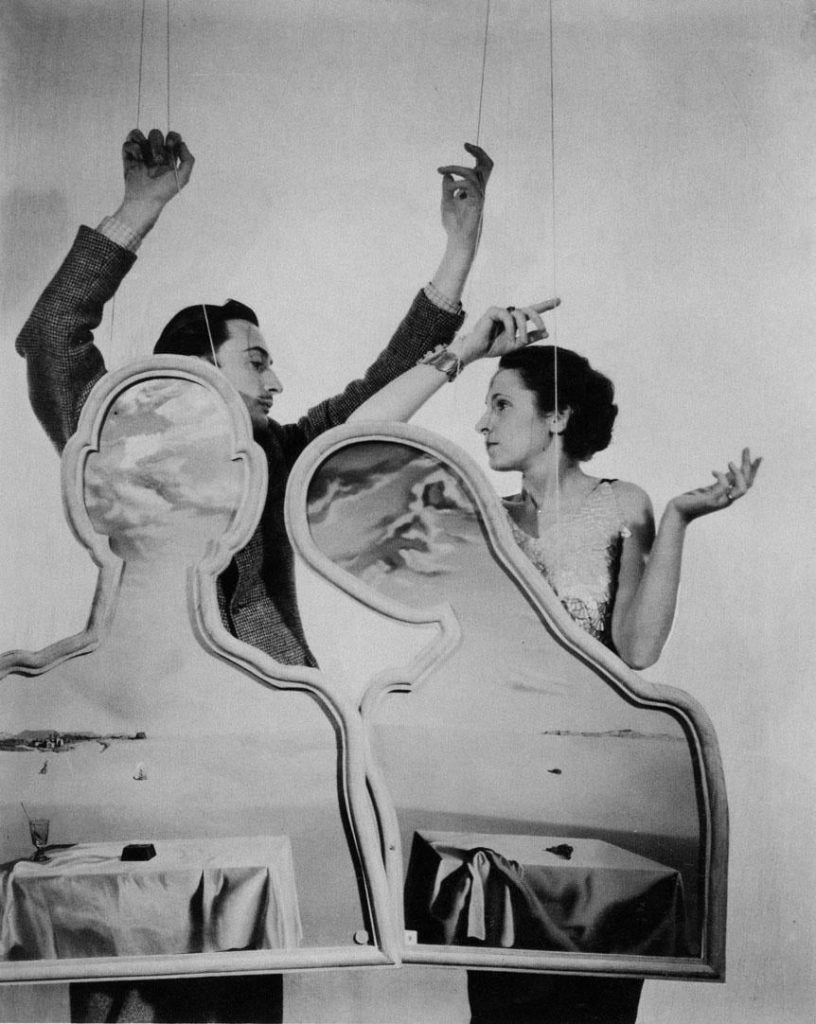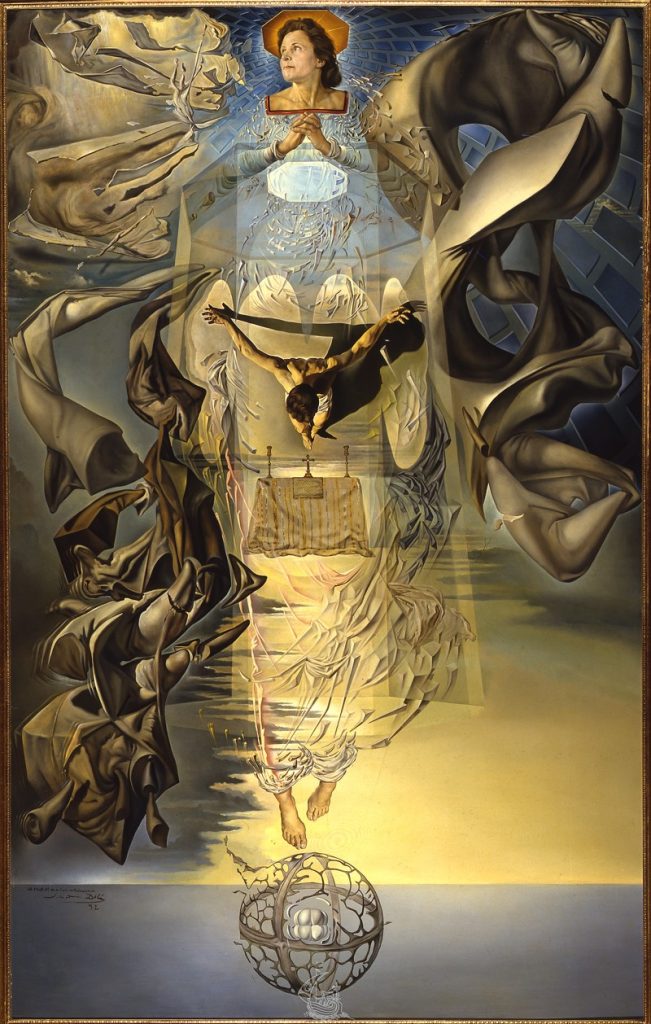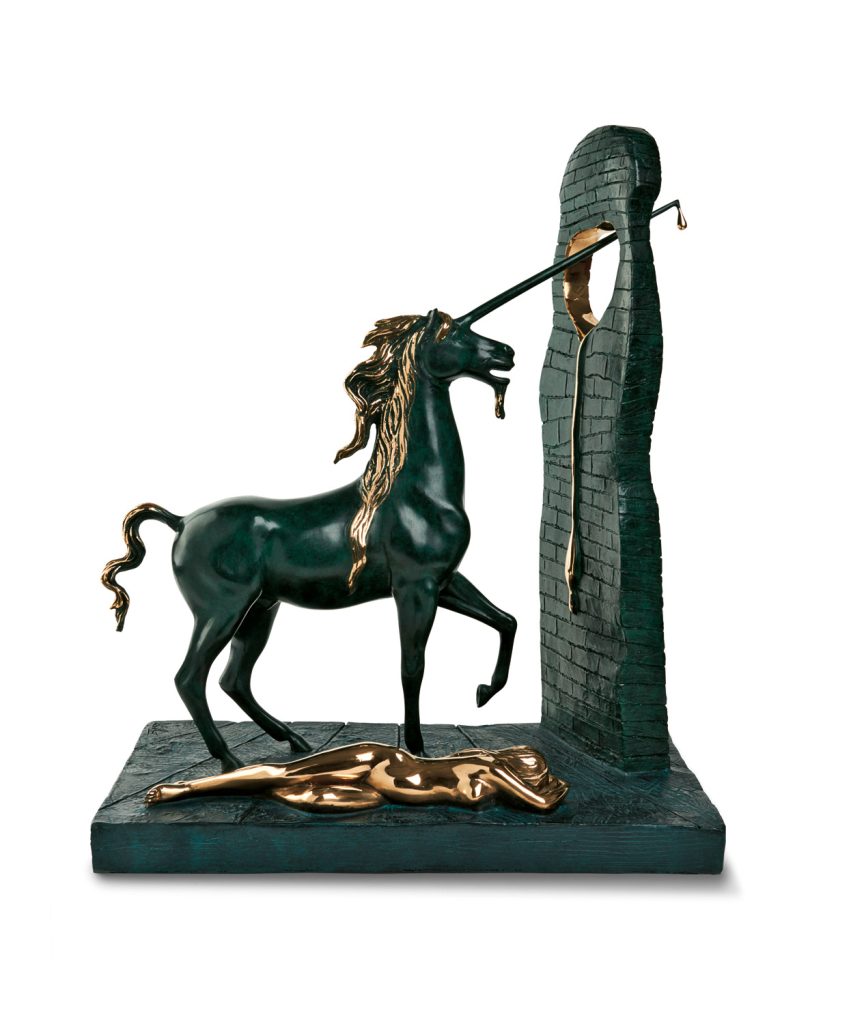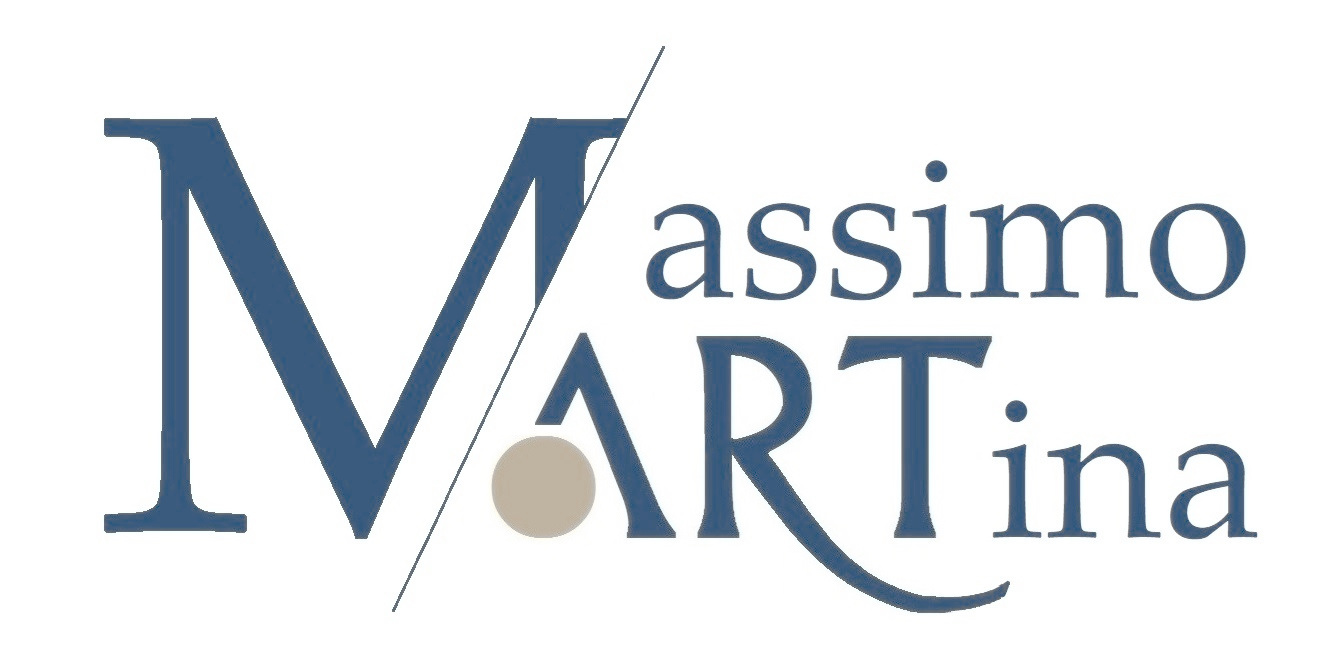This year marks a special celebration in the art world: the 130th anniversary of the mythical woman who shaped Dalí’s Genius, Elena Dmitrievna D’jakonova, famously known as Gala.
Born on September 7, 1894, in Kazan, Russia, Gala became a key figure in Salvador Dalí’s life and work. This year also marks the 120th anniversary of Dalí’s birth, making it the perfect time to celebrate their lasting legacy.

Dalí and Gala, 1936, Photography by Cecil Beaton. From the book “Ritratto di un genio”.
Gala wasn’t just Dalí’s muse—she was his wife, partner, and guiding force. Dalí often said he couldn’t function without her. She managed his finances, took care of everyday tasks, and inspired his creativity. When they met in 1929, Gala helped free Dalí from his fears and obsessions. Dalí even called her Gradiva, after a character from a Sigmund Freud story, symbolizing victory and balance in his life.
Before Gala met Dalí, she had already played the role of a muse. She was married to the poet Paul Éluard, who gave her the name Gala. Éluard saw her rare ability to inspire great artists. But in 1929, after meeting Dalí, she left Éluard and their daughter Cécile to fully dedicate herself to Dalí. From that moment on, she became the center of Dalí’s life and work.
Gala in Dalí’s art.
Dalí’s admiration for Gala is easy to see in his artwork. He painted her many times, in pieces like Portrait of Gala with Two Lamb Chops in Equilibrium upon Her Shoulder and The Madonna of Portlligat, where she appears as the Virgin Mary. Gala wasn’t just a model, though—she represented his spiritual journey and his search for meaning in science and mysticism. Many of Dalí’s most famous works from the 1950s were inspired by her.

Portrait of Gala with Two Lamb Chops in Equilibrium upon Her Shoulder, Salvador Dalí, c. 1934, © Salvador Dalí, Fundació Gala-Salvador Dalí, Figueres, 2017.

The Madonna of Port Lligat , Salvador Dalí, 1949, © Salvador Dalí, Fundació Gala-Salvador Dalí, Figueres, 2011.
For Dalí, Gala’s face was something divine. On August 14, 1953, he wrote about his fear and excitement when painting her face. He believed that her image would help him discover more about himself and his art. “It is because of the fear of touching Gala’s face that I will finally be able to paint!” To Dalí, Gala’s face connected him to life, creativity, and even the divine.

Assumpta Corpuscularia Lapislazulina, Salvador Dalí, 1952, © Salvador Dalí, Fundació Gala-Salvador Dalí, Figueres, 2014.
From the moment they met, Gala believed in Dalí’s Genius. She dedicated her life to supporting and nurturing him, and together they built a partnership that changed the art world. As we celebrate Gala’s 130th birthday and Dalí’s 120th, we should remember their unique bond.

Gala Placidia, Salvador Dalí, 1952, © Salvador Dalí, Fundació Gala-Salvador Dalí, Figueres, 2014.
Gala was far more than just a muse—she was Dalí’s anchor, his inspiration, and his other half, she really was the mythical woman who shaped Dalí’s Genius. Their story is a testament to the power of love, art, and creativity.

Unicorn, Salvador Dalí, Conceived in 1977, Massimo Martina Art Collection
Among the many artworks inspired by the surrealistic love between Salvador Dalí and Gala, the bronze sculpture Unicorn featuring a heart-shaped opening in a wall stands out as a profound representation of his eternal love for her. This piece celebrates their unbreakable connection, with the heart symbolizing the deep emotional bond they shared.
In his autobiography, Dalí depicts his muse and wife as the central force in his life, riding what he calls “the Unicorn of my Fate”. In this context, the Unicorn emerges as a mythical symbol of purity and perfection, reflecting Dalí’s view of Gala as his muse and the wellspring of his artistic inspiration.
For Dalí, the unicorn wasn’t merely a legendary creature but a powerful metaphor for his idealized and perfect love for his wife. It also became a recurring motif in his surrealist works, representing both their relationship and broader ideas of purity and magic.
As we reflect on the anniversaries of their births—130 years since Gala’s birth and 120 years since Dalí’s—it is fitting to see this sculpture as a tribute to their extraordinary relationship. The heart, the woman figure, and the unicorn combine to tell a story of love, art, and devotion that has transcended time.
#MassimoMartinaArt #SalvadorDali #Dali #daliartwork #modernart #twentiethcenturyart #surrealism #arthistory #divinedali #galadali #gala130 #unicorn
